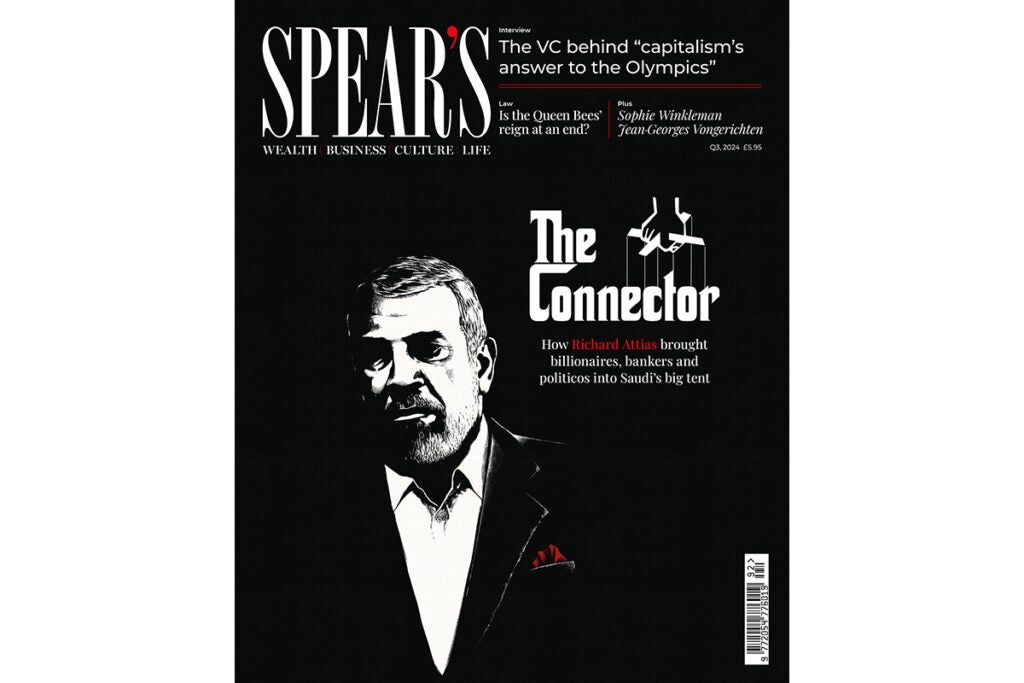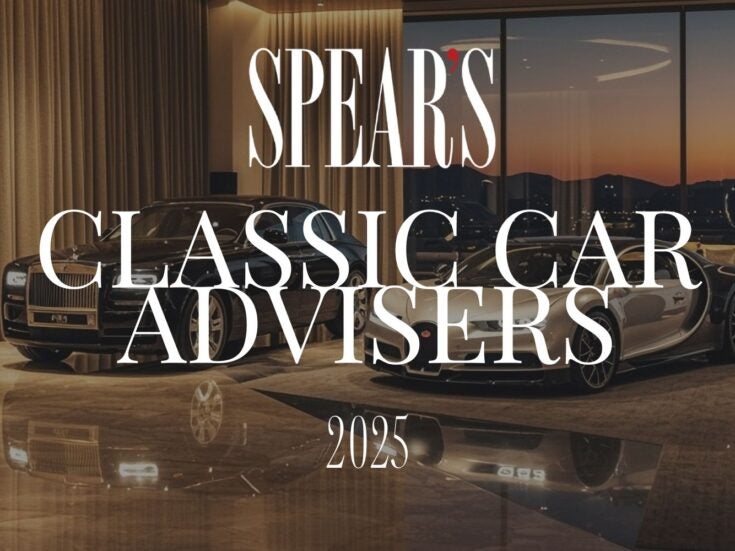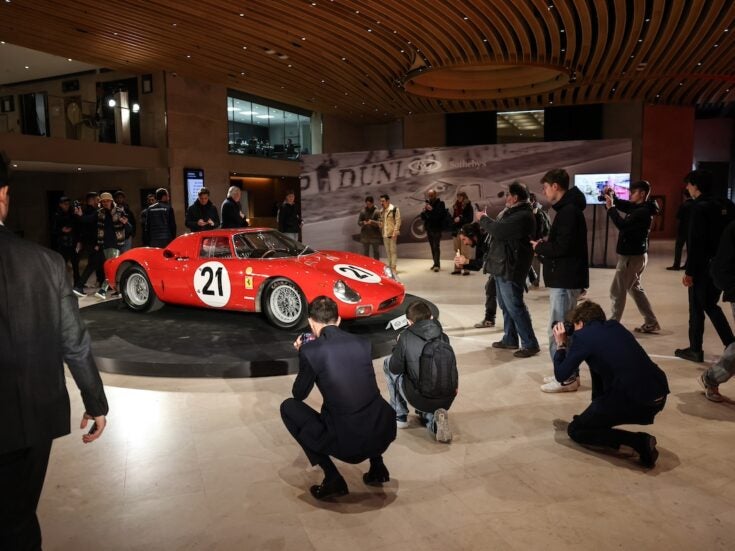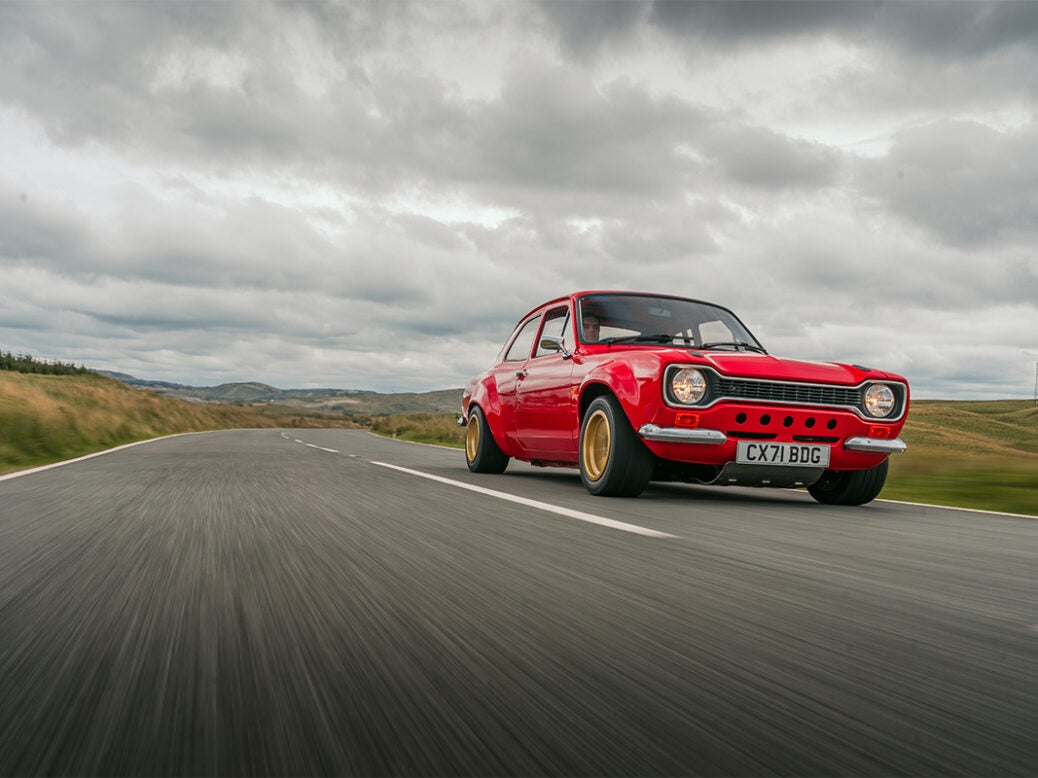
You remember the Ford Escort, don’t you? It was the car that epitomised mass-market, household transport, chugging out of Ford’s factories in the UK and Europe like canned soup for more than 30 years. Cheap and disposable, an Escort was the Seventies equivalent of modern-day eBay fodder like the Nissan Micra or Honda Jazz.
[See also: Best classic car advisers 2024]
But the passage of time can have a curious effect on things. And, just as Abba can once again sell out a London stadium every night with a (virtual) performance of glam pop, the automotive world has discovered that some of the hits of the Seventies are just as good – or even better – second time around.
Take the Gordon Spice Trophy at the annual Goodwood Members’ Meeting, by way of example. This historic race for Seventies saloon cars is one of the most popular of the weekend, but these are far from exotic marques – entrants are racing humdrum domestic family cars like the Ford Capri and Rover SD1. Nostalgia is the key, and there’s now a new generation of drivers and collectors looking back with fond, fuzzy feelings. If you grew up in the Seventies, watching the British Saloon Car Championship on TV, these are the cars you remember.
From the cowshed
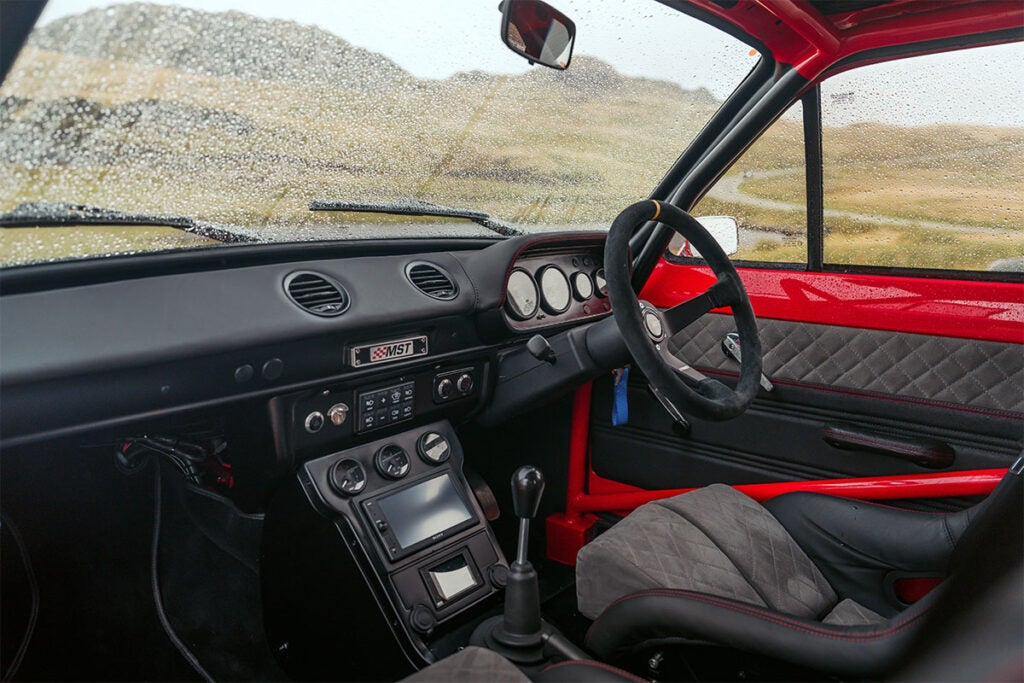
So, yes, back to the car you see on these pages – and its appearance in a magazine that is usually more concerned with the Ferraris, Rolls-Royces and Lamborghinis of this world. For a start, there’s the price tag. If I tell you that we’re talking about a piece of kit priced at £180,000, you might start to suspect that all is not as it appears. You’d be right. The truth is, it’s not even really a Ford Escort at all. It didn’t roll out of a factory in Dagenham, but instead originated in a cowshed in Wales. I should explain…
[See also: Super troupe: Ferrari fever takes Tuscany]
The company behind it is called Motorsport Tools (MST), which is the product of the enthusiasm of a farmer by the name of Carwyn Ellis. The 44-year-old Ellis admits he wasn’t really into farming when he was young, but he was passionate about rallying – specifically late-night stages on local roads and amateurs in their hot hatches and old Escorts.
These rallies go on all over the UK, untelevised events you’ve never heard of, such as the ‘Rally Nuts Severn Valley Stages’ or the ‘Beatson’s Building Supplies Jim Clark Rally’. Over the decades, this scene has created a whole army of unsung amateur driver-mechanics, whose idea of fun is stripping down a gearbox at 5am while eating a bacon sandwich in the rain.
Ellis is one of those – he bought himself a Mk2 Escort and entered his first rally aged 17. Spotting a gap in the market, he then created a website and started selling specialist equipment online. Next, he started stocking parts – the Escort has never gone out of fashion in the rally world, and these old warhorses need a constant supply of parts to patch them up for the next event. Things took off, and soon he was converting cowsheds into storerooms.
[See also: Driven by design: how car galleries have become the new motoring status symbol]
‘Then it all changed about three or four years ago, when brand-new body panels became available,’ Ellis explains. Interest in restoring Seventies Fords had reached a tipping point, and a company called Magnum Panels in Rochdale invested in the presses to start producing freshly minted floors, roof panels, wings and doors. Everything you needed, in other words, to build a new car.
‘Traditionally you’d take an old Escort and restore it, rebuild it,’ Ellis says. ‘But suddenly we were able to build brand-new cars from scratch.’
So – using their self-taught, rally engineering nous – his team reverse-engineered the jigs required to assemble all the panels together, bolted on all those rally parts they had on the shelves, and ta-da! A brand-new Escort rally car emerged, updated for modern competition and trimmed with Alcantara for the road. That means multi-link rear suspension, electric power steering and a choice of three engines, all running with modern fuel injection and engine control units (ECUs).
Birth of the MST Mk1
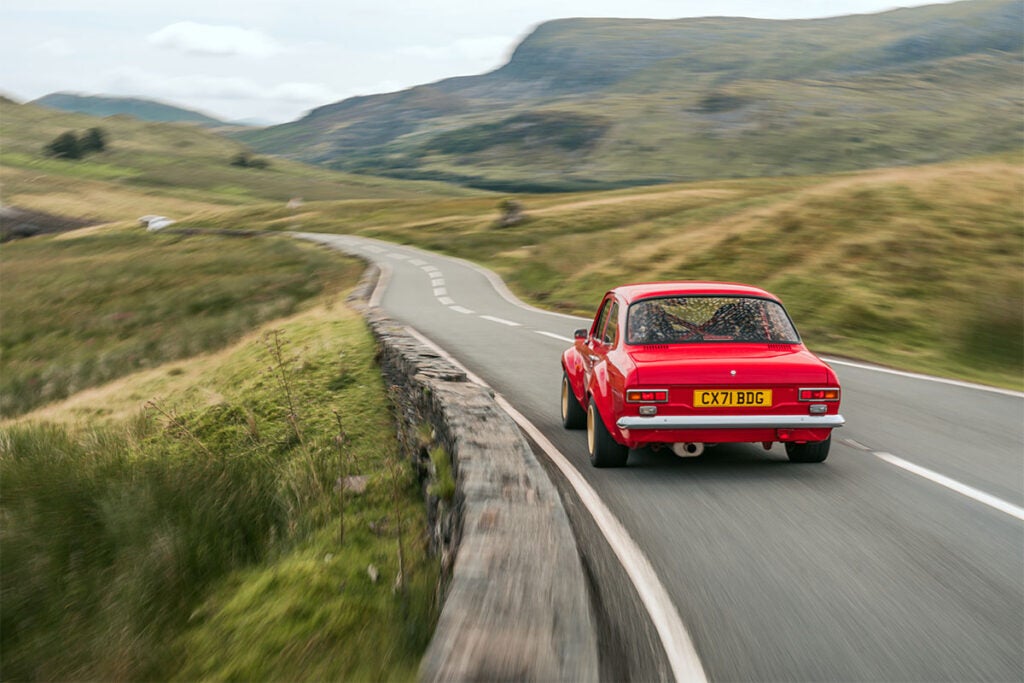
By legal necessity it’s called the MST Mk1 (because it’s brand new, not based on an original), but the lack of a Ford badge hasn’t stopped orders flooding in. That’s because the MST is so beautifully put together and prepped, it has the feel of a pristine competition car; plus of course, there’s that powerful nostalgic draw. Not surprisingly, perhaps, Ellis admits his customers are ‘mostly men, middle aged, probably had an Escort back in the day – or wanted one and couldn’t afford it! Now they’re a bit older and with a bit more money.’
[See also: The Lotus Eletre is the best electric SUV you can buy right now]
The mildest engine is a modern Duratec four-cylinder, bought directly from Ford, but you can order a full-on purpose-built race engine – though Ellis warns that’s not for everyone. ‘Often our customers just ask for the best, biggest engine! Then they say they want to go on long tours around Europe. We have to explain a race engine isn’t really suitable for that; it’s better to go for a less highly strung option.’
The car we’re driving is fitted with the middle option, the 2.0-litre BDG – ‘basically the period-correct rally engine for the Escort’, he tells me – and again, brand new and built by modern rally engine specialists. It’s tuned for the road to about 250bhp, in a car that weighs just over 900kg. Noisy, rowdy and revvy, the result is absolutely stupendous.
First of all, the Mk1 is still an incredible-looking car, almost 60 years on – tiny by modern standards but lean and muscular around its flared arches and with a crazed look in its eye thanks to those furious headlights. Clamber over the roll cage and drop into the hip-hugging bucket seat, and the steering wheel juts out at you like a street-fighter handing you a baseball bat. You’re definitely here to take part, not spectate.
[See also: Driving into a good investment: 8 classic cars set to rise in value]
And then the engine starts. Oh my god, the noise – a throaty, angry gargle that sends a sharp fizz vibrating through the whole car and through you. Pull away, and while it’s a little uncertain under 4,000 rpm, once it comes on-song it’s like a physical wall of sound, an ear-splitting, penetrating fist in the face that rises to a screaming 9,000 rpm. It’s so loud that talking to your passenger would be impossible without a rally-style radio headset, and not surprisingly there’s no Apple CarPlay. Forget onboard entertainment; this car is purely and intensely focused on the act of driving.
No wonder some customers get out after a test drive and say: ‘No thanks, it’s too much.’ But equally, Ellis tells me, there are plenty of buyers who have had their fill of modern, sophisticated supercars and are looking for something more visceral.
They’ll be won over by just how friendly this car is in your hands. The electric steering is so direct and full of feel, you can place it with exact precision on a narrow back road. It jiggles and bumps over imperfections in the road surface, but it feels so sure of itself, so planted and confident, allowing you to explore that incredible rev range. And unlike a modern supercar, you don’t have to drive flat-out to feel the hairs prickle on the back of your neck.
[See also: Why this petrol-fuelled SUV is a glimpse into Aston Martin’s all-electric future]
MST doesn’t have a 0-60mph time – maybe five or six seconds – but it’s not really about outright pace. This Mk1 is a car that’s about savouring the mechanical gear changes, grinning at the noise, revelling in the predictable, inherent ‘chuckability’ that always marked the Escort out in international rallying.
It’s an incredible achievement for a small team of around 20, working out of a cow shed in North Wales. But with real club rally pedigree and some modern technology, MST has created something wonderful. If the Escort was a Seventies pop sensation, this is its comeback tour.
This feature first appeared in Spear’s Magazine Issue 92. Click here to subscribe.
